The ruins of Sverresborg castle high above Trondheim are now home to one of Norway's biggest and best folk museums. Here's what you need to know about planning your own visit.
Lesser known it may be, but Trondheim's own open-air museum rivals those in Oslo and Lillehammer.

Built around the ruins of Sverresborg, Norway's first medieval castle built by Sverre Sigurdsson. King Sverre led the country through a phase of civil war and is regarded as one of the most important Norwegian Kings through the Middle Ages.
Yet the castle ruins are just one of many attractions here. The history of Trondheim and Trøndelag (the region of central Norway) is revealed in great detail through indoor and outdoor exhibits.
There's lots to see, with the museum split between castle ruins, the farm buildings, the town buildings, and the indoor museum.
The People of Trøndelag
The main indoor exhibition focuses on how people have lived in the region over the years, from childhood through to old age. Some of the exhibits are signed only in Norwegian, but my parents (who don't read any Norwegian) thoroughly enjoyed it nevertheless.
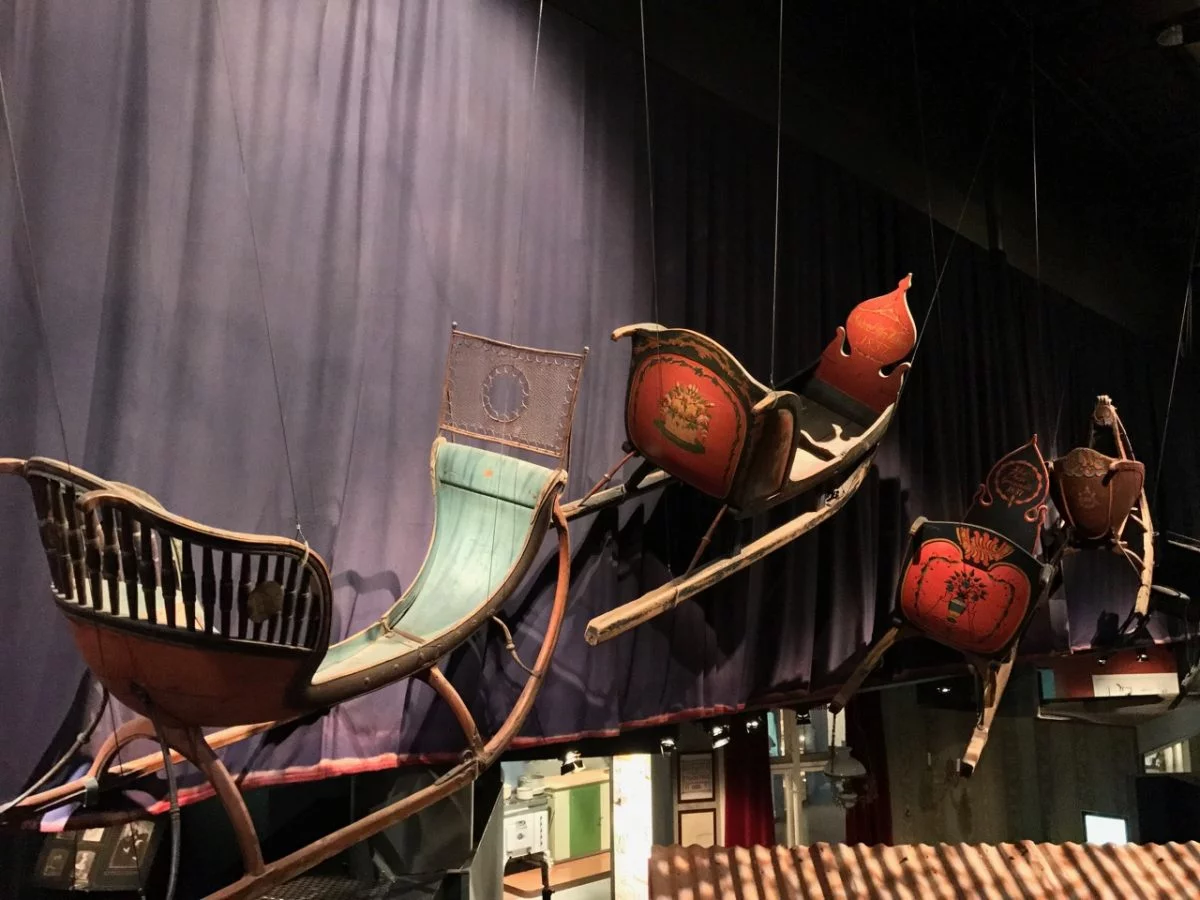
The childhood section contained toys, games and clothes, while the adulthood section featured a reconstructed kitchen and some early forms of transport.
Temporary exhibits also feature. On my first visit back in 2017, a temporary exhibition to mark the 100th anniversary of the first Sami congress was available.
The indigenous people of northern Europe have a fascinating history and it was an enjoyable exhibition, not least for the colourful handicrafts and tools made from reindeer antlers.
The Old Town at Sverresborg
Immediately outside the main building is a collection of old wooden houses that were moved from the centre of Trondheim to the museum.
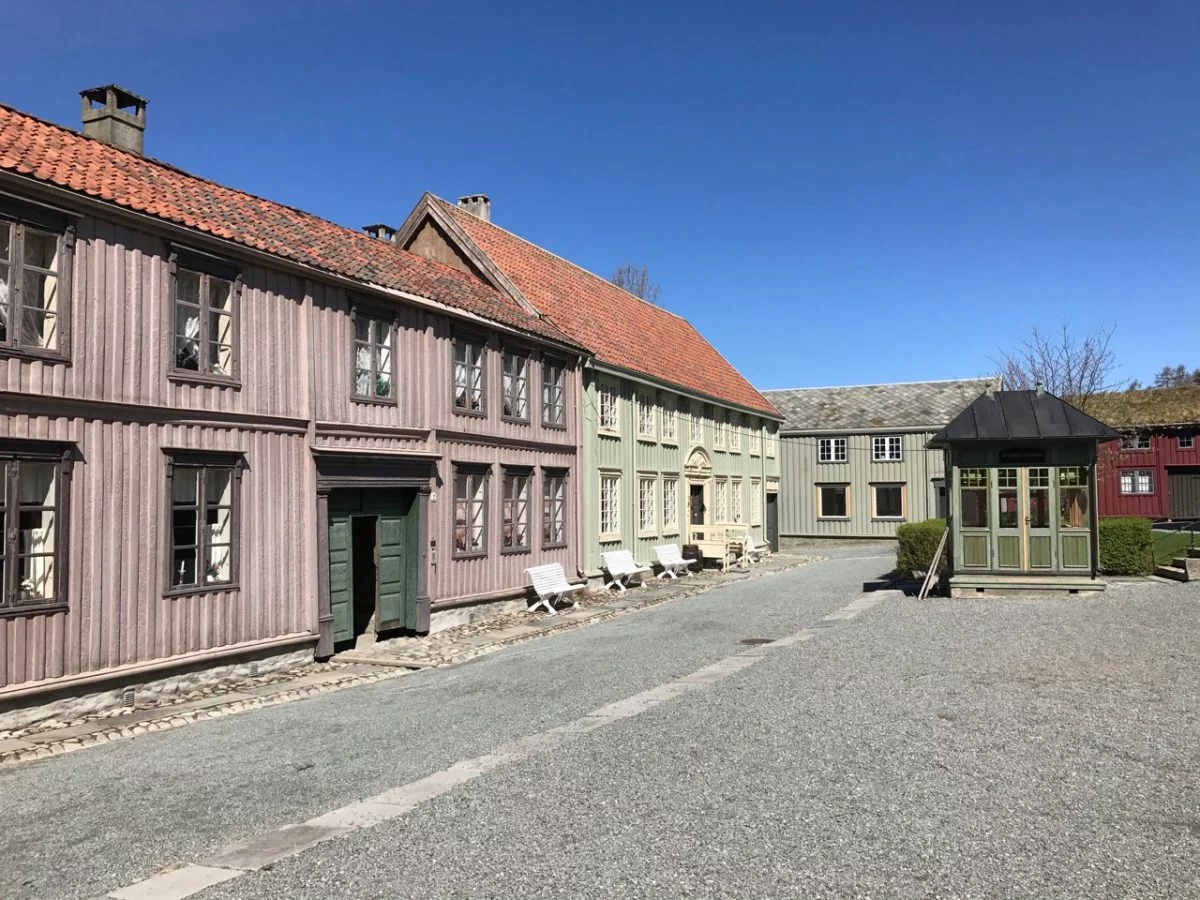
Some of the buildings are open to explore, including a fully-functioning traditional sweet shop. Another hosts a small ski museum.
If you visit, be sure to check out the night man's house to discover more than you will wish to know about the worst job in Trondheim!
The Castle Ruins
It’s quite a climb to reach the top of the mound where King Sverre once built his fortress, but the effort is well rewarded.
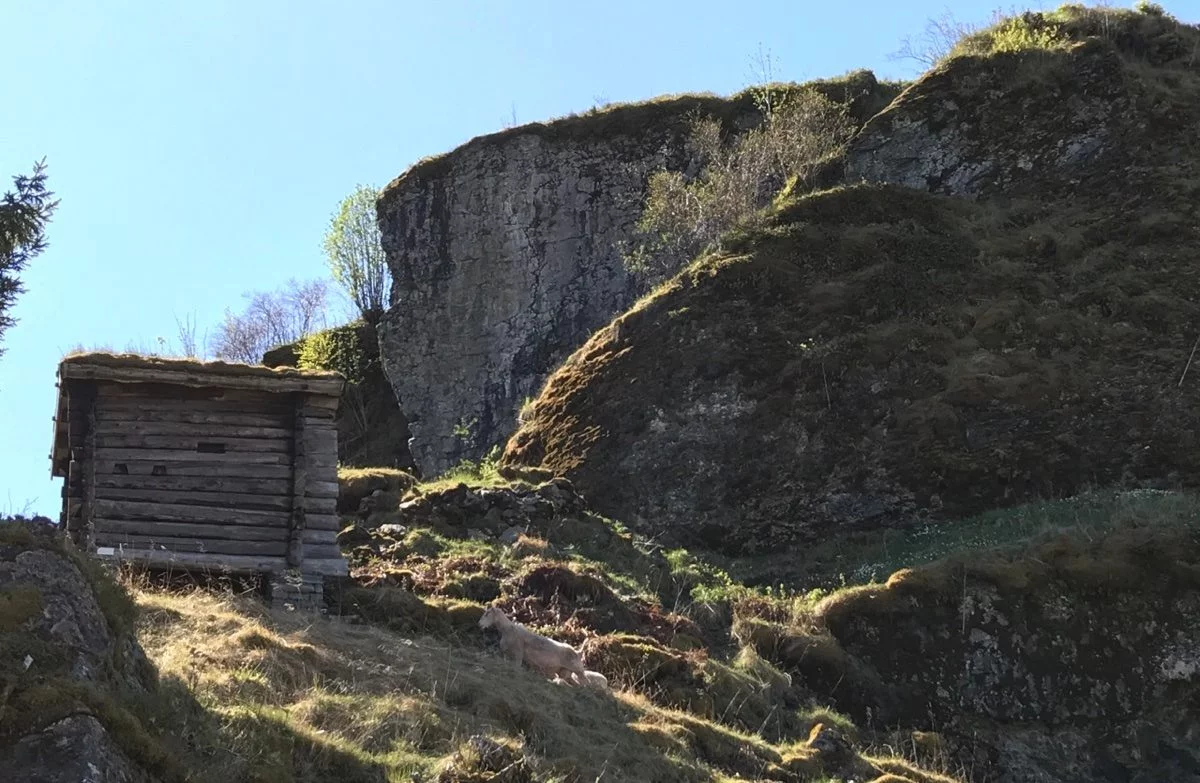
Although little remains beyond crumbling stone foundations and outlines of old walls, standing up there with the wind in your hair and Trondheim spread out below, it’s easy to understand why he chose this spot.
The vantage point offers sweeping views across the valley and fjord. It must have been perfect for spotting both allies and enemies.
Originally built in the 1180s, Sverresborg was Norway’s first stone castle and a key stronghold during the civil wars of the time. The castle didn’t stand unchallenged.
Sverre’s enemies destroyed it not once, but twice, and each time he had it rebuilt. Today, the ruins are quiet, but the hill still holds a sense of drama and defiance.
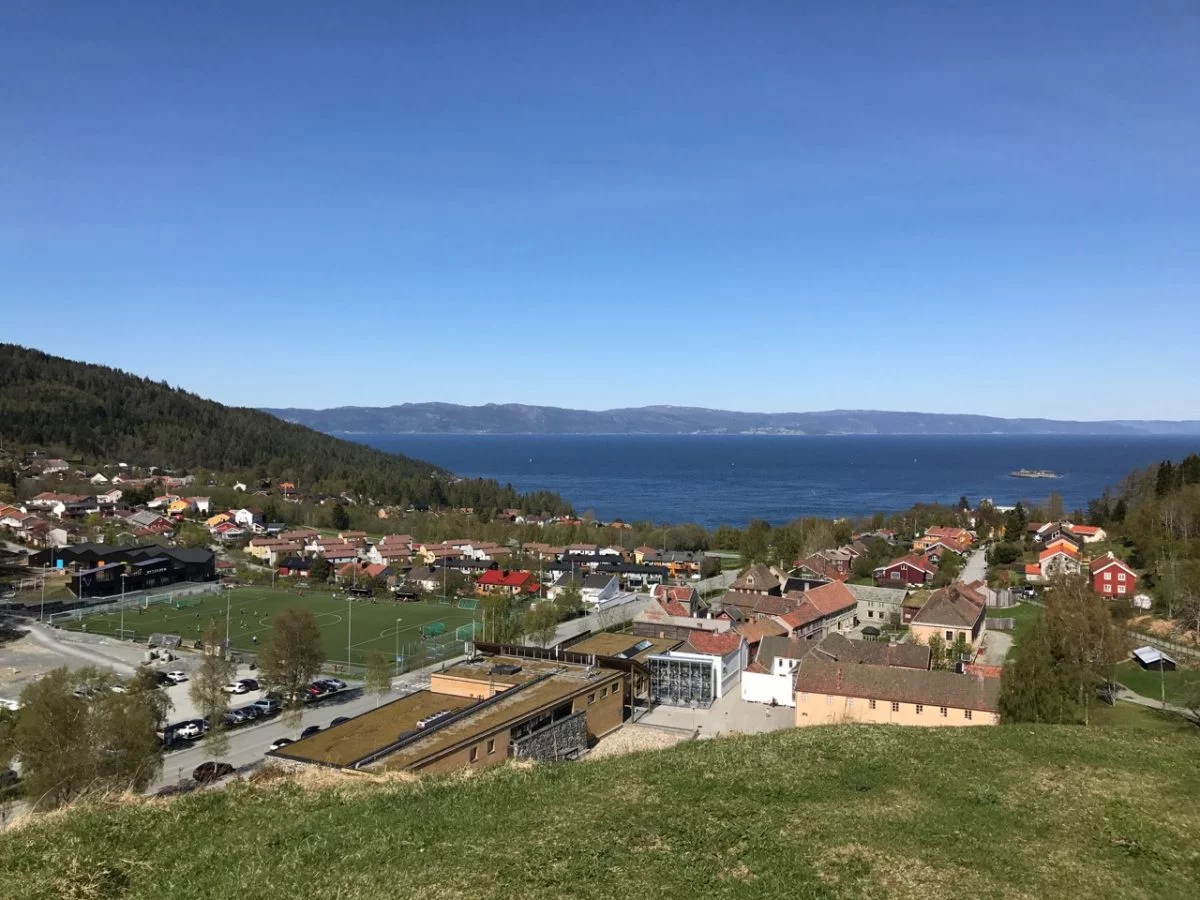
Watch your step on the path up, especially if the grass is wet, and keep an eye out for the mountain goats that sometimes lounge nonchalantly on the slope, entirely unbothered by visiting humans.
The castle was destroyed twice by his enemies and was rebuilt both times. Watch out for the mountain goats on the walk up!
The Rural Exhibits
Wandering through the rural part of the museum feels like stepping into a living storybook of Trøndelag’s past.
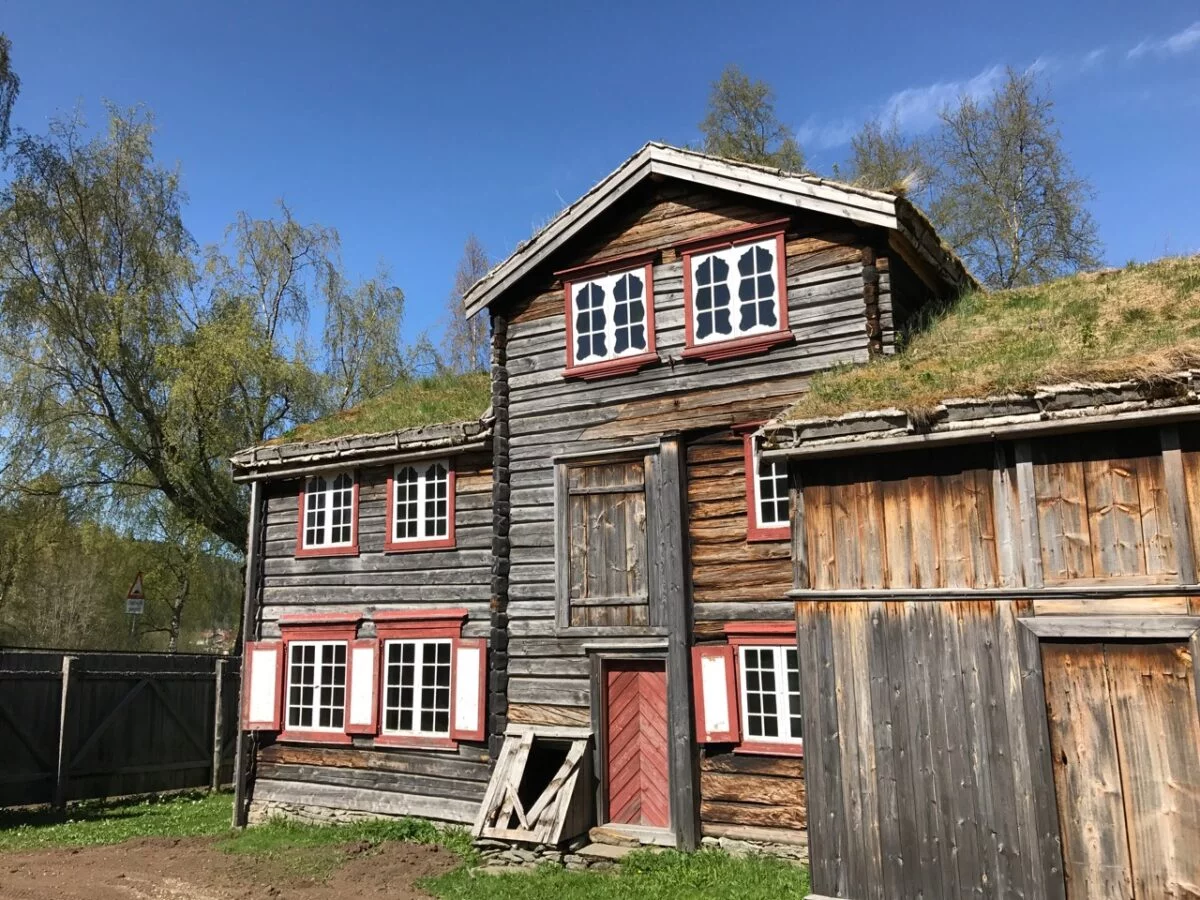
Clustered beneath the hilltop castle ruins is a collection of historic farmsteads and traditional buildings that have been carefully relocated from villages and countryside across the region.
As I meandered along gravel paths and grassy tracks, I passed clusters of timber houses, barns, and storehouses, each one telling its own tale of daily life in rural Norway
One of the highlights for me was a weathered boathouse perched beside a small pond, evoking images of fjordside life and fishing trips from long ago. Not far from there stood a mining worker’s cottage from Røros, its interior dark and sparse.
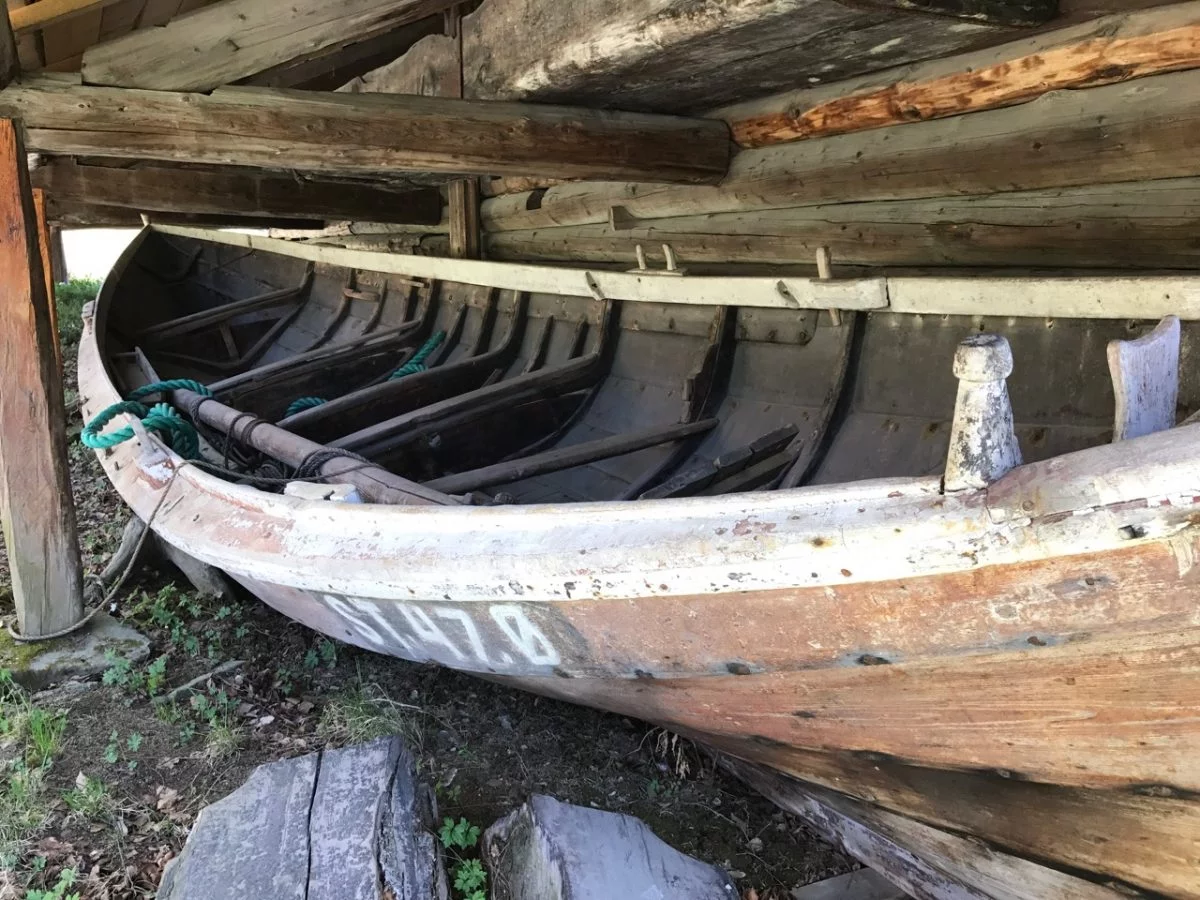
But the real showstopper is the Haltdalen stave church. Believed to date back to the late 12th-century, this beautifully preserved wooden structure is an architectural gem. Its its tar-black walls and steep gabled roof stand in striking contrast to the greenery around it.
Practical Matters
Sverresborg is just a short journey from the centre of Trondheim. Bus number 11 runs regularly from Kongens gate and stops close to the museum entrance, with the ride taking around ten minutes. You can also take bus 13 or 18, which have stops nearby. Tickets are cheapest when bought through the AtB app.
The museum is open daily from 10am to 5pm during the summer season, with shorter hours for the rest of the year.
Admission costs NOK 200 for adults in summer and NOK 160 in the off-season, with discounts available for seniors and students. Children under 16 enter free with paying adults. Check the museum’s website for full details and seasonal events.
Planning a visit to Sverresborg? Why not share your plans by saving this post on Pinterest? We've got the perfect pin. Just hit those social sharing buttons.


